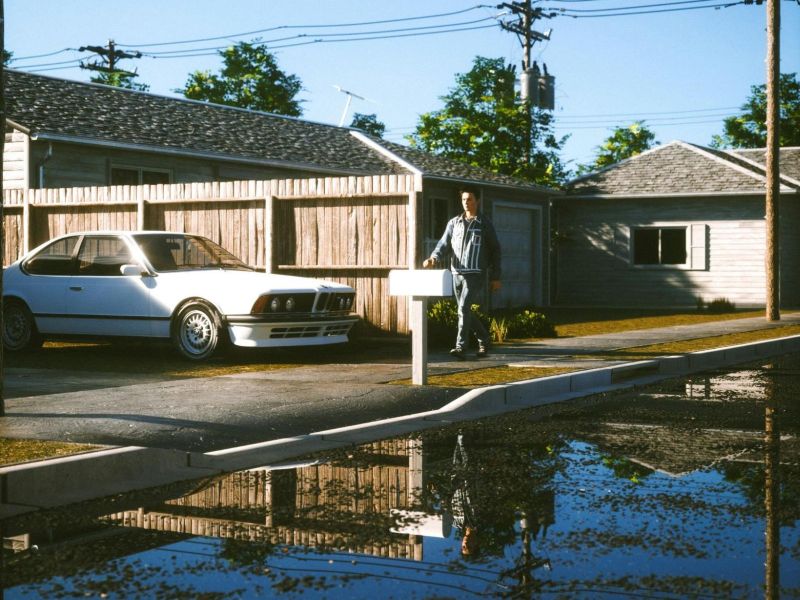Bathrooms are a common source of water damage in homes because of the needs this space fulfills. Broken pipes and clogged toilets can happen at any property. If you’ve experienced a flooding event, it is essential to respond quickly to limit the damage. Standing water can seep through the floor and negatively impact your subflooring. It also soaks into the drywall, cabinets, and baseboards.
The first step in this process is to turn off the water in the bathroom. If only one line is causing the problem, you can turn off the shut-off valve to stop the issue and initiate a repair. When you have multiple concerns to address at home, it helps to locate the water main and turn off water access to the entire property.
Steps to Follow When Reacting to a Bathroom Flooding Event
Once you know that your bathroom won’t continue to have water flowing into it, you can take the following steps to begin repairs or limit the damage.
1. Ensure Your Safety
Always wear rubber-soled shoes on a wet floor to prevent slips and falls. Turn off the breaker that supplies electricity to that room, and then check any appliances or items that could be a shock danger. Don’t unplug anything unless you know the receptacle hasn’t been exposed to standing water. After the area is safe, remove all electrical items.
2. Initiate a Repair
Bathroom plumbing issues have multiple fixes to consider. If you can reach the leak source, you can temporarily seal the problem with fiberglass tape or epoxy putty, followed by a repair clamp. A leaking toilet might require a new wax ring around the flange, a tighter toilet base, or a new water line.
When the issue is behind the wall, a professional water damage restoration company might be needed to repair the damage.
3. Contact Your Insurance
Let your insurance agent know what happened in your bathroom. Try to take pictures of everything so that they can see the extent of the problem. Even a minor flooding incident can create a long-term issue.
Once you’ve documented the bathroom flooding, you can begin the cleanup work.
4. Remove Excess Water
A mop and a bucket are enough to manage a minor flooding incident in most bathrooms. A wet/dry vacuum can make fast work out of the excess water if you have more than a couple of inches of standing water.
When drying out a flooded bathroom, try to move as many fans into the area as possible. Crosscurrents help to remove moisture, especially when a dehumidifier is present in that space.
5. Replace Damaged Items
When water levels reach the bathroom drywall, the material typically requires replacement. Entire sections might need to be torn out or patched. This step is typically the largest component of a bathroom remodeling project.
Once everything is cleaned and repaired, it helps to give the bathroom one more cleaning with a potent disinfectant. That way, any contaminants left behind will be addressed while you refresh the room’s air quality.
For any further questions about Water Damage Restoration service, you can also dial 206-458-5237 or contact us right here.

